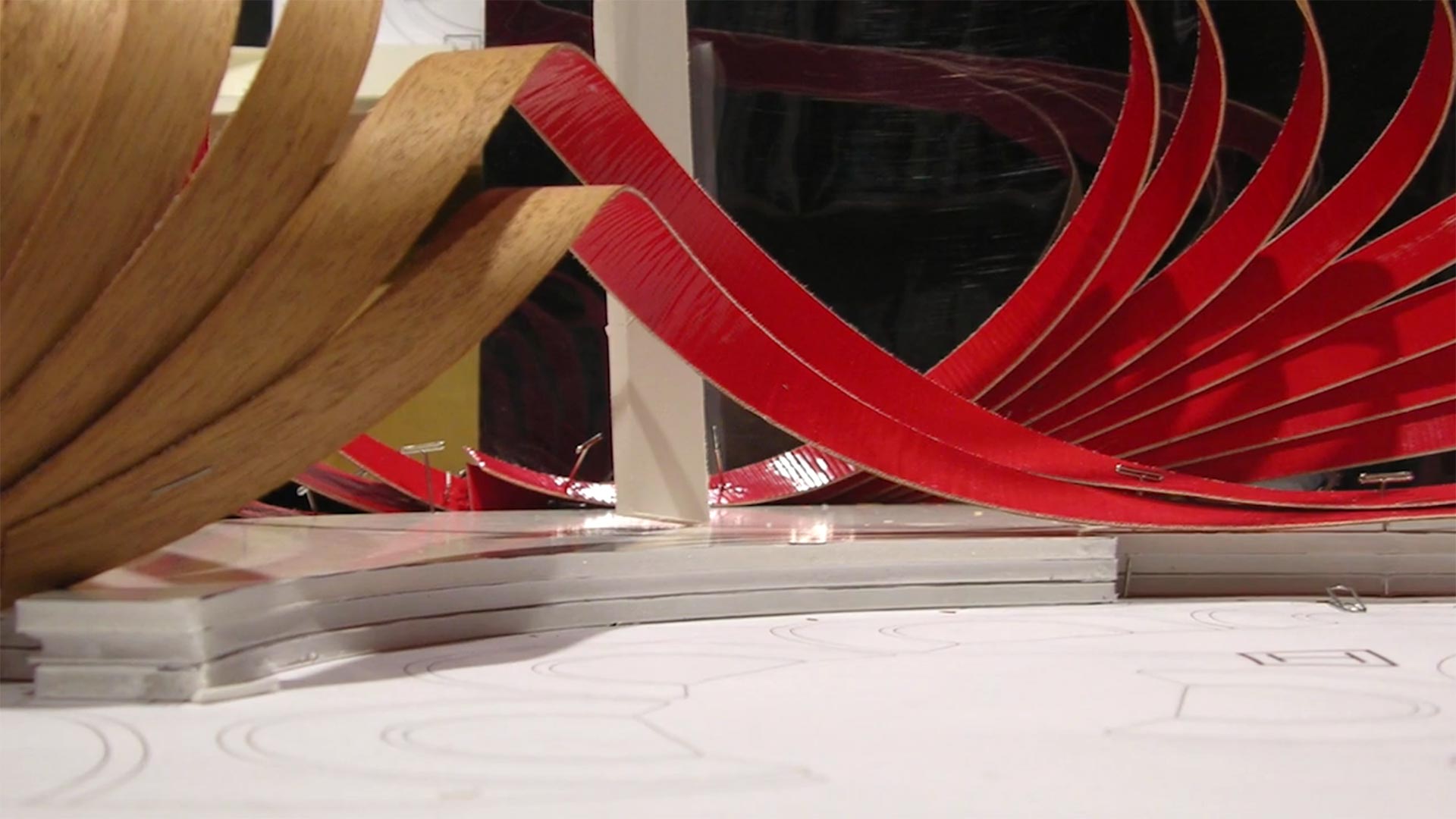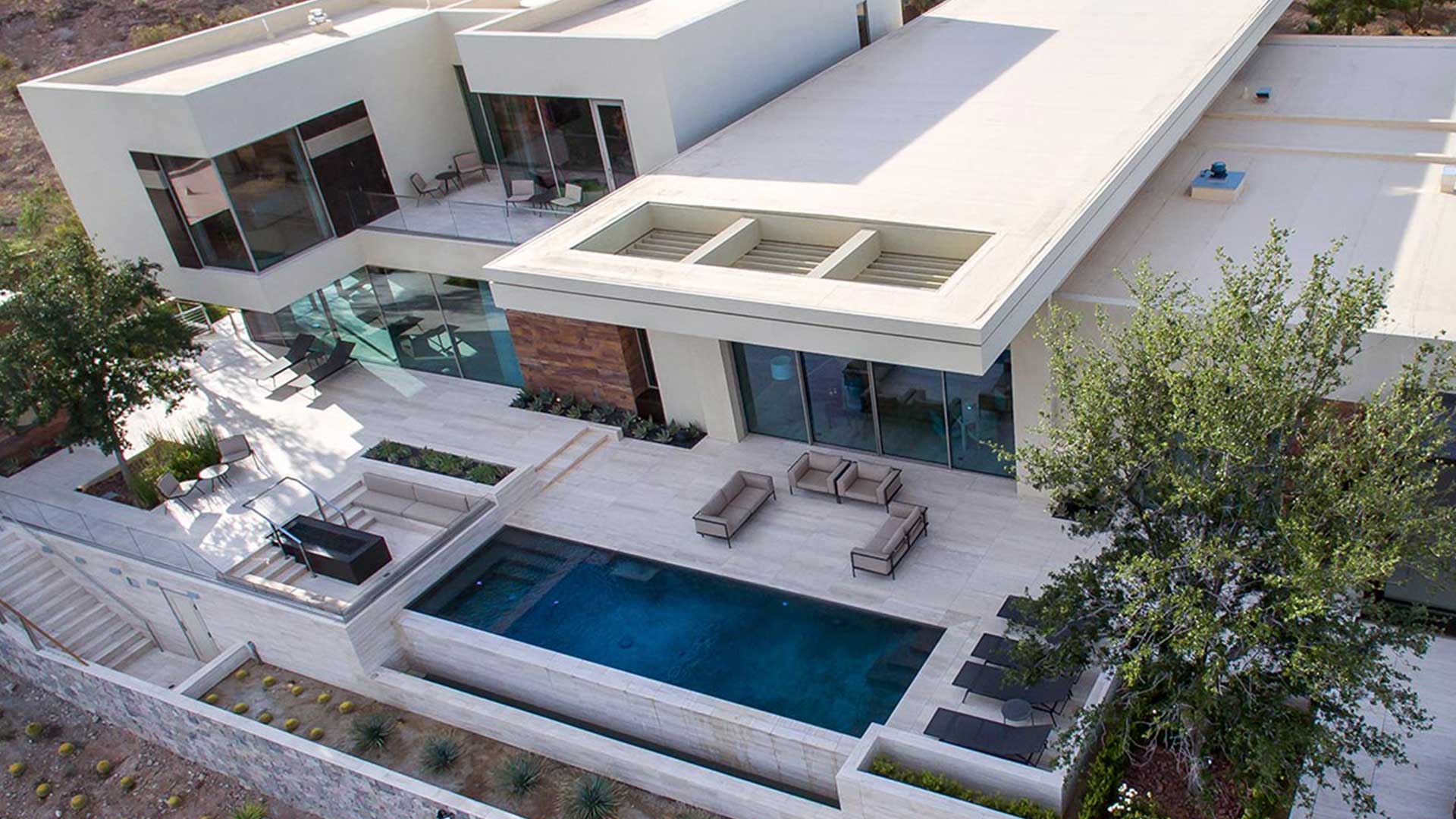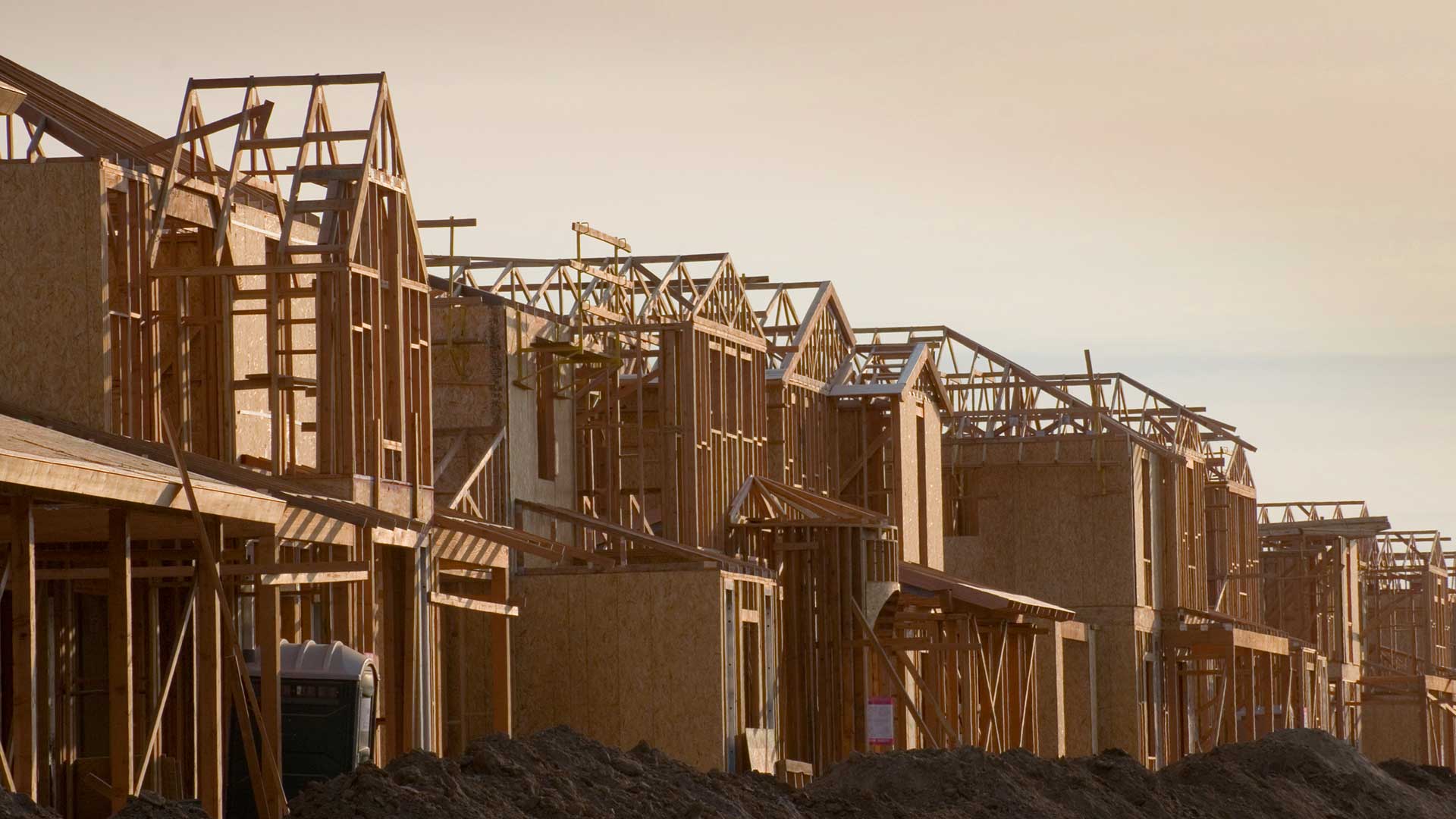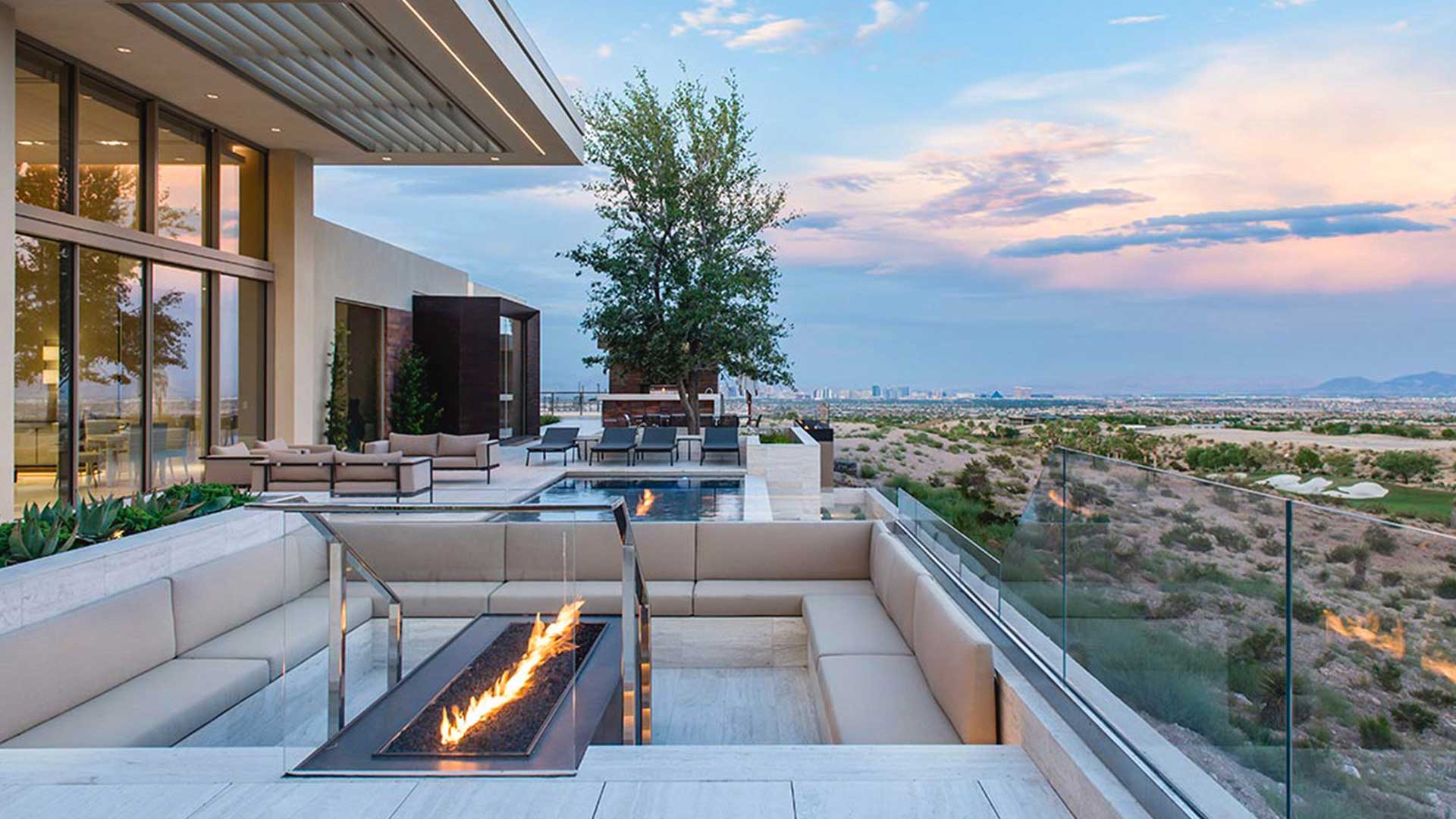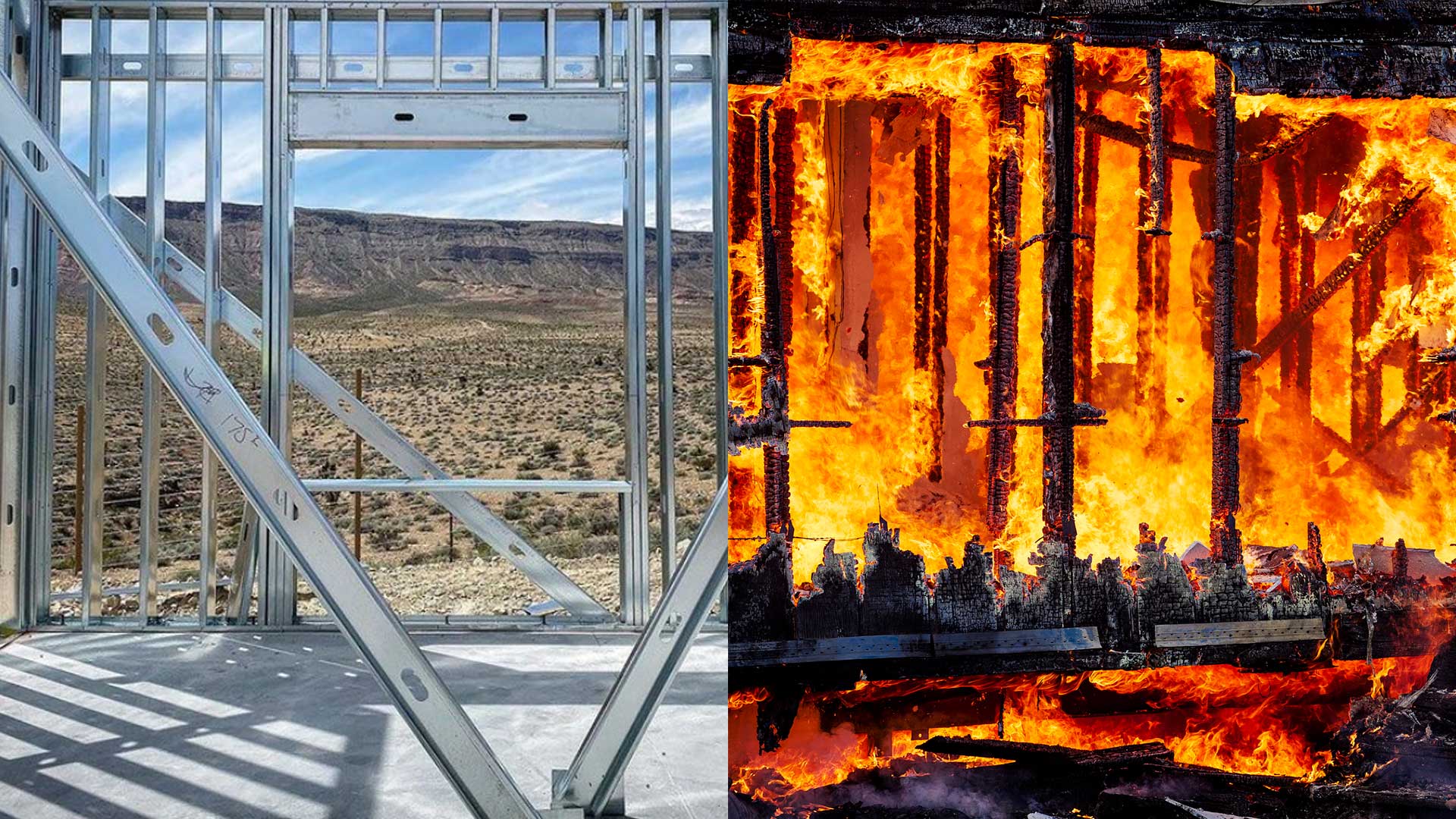
Fire Resistance is the Future of Construction
Every year, wildfires throughout the Western United States pose a dangerous threat to lives and property. In 2020 alone, the California Department of Forestry and Fire Protection (CAL FIRE) and the US Forest Service reported that over 4 million acres of land throughout California burned, destroying over 10 thousand structures. Throughout the entire US, over 10 million acres of land were burned due to wildfires. This is a dramatic increase from 2019 and over 2 million acres more than the 10-year national average.
This staggering increase in wildfires is a direct result of climate change. Since the Industrial Revolution, the burning of fossil fuels has created a global average increase in temperature by nearly 2 degrees Fahrenheit, while in California, temperatures are almost 3 degrees warmer. The warmer air temperatures draw moisture from vegetation and the ground, creating the perfect fuel for wildfires. These conditions have also caused CAL FIRE to publicly state that there is no fire season since wildfires continue to affect the state all year.
With environmental conditions allowing fires to spread through dried plant life, homes located on the “wildlife-urban interface,” a zone where homes and communities are situated close to open spaces filled with overgrown vegetation, face an even deadlier threat. CAL FIRE has identified nearly 5 million homes are located in this type of area, making them prime fuel for a spreading wildfire.
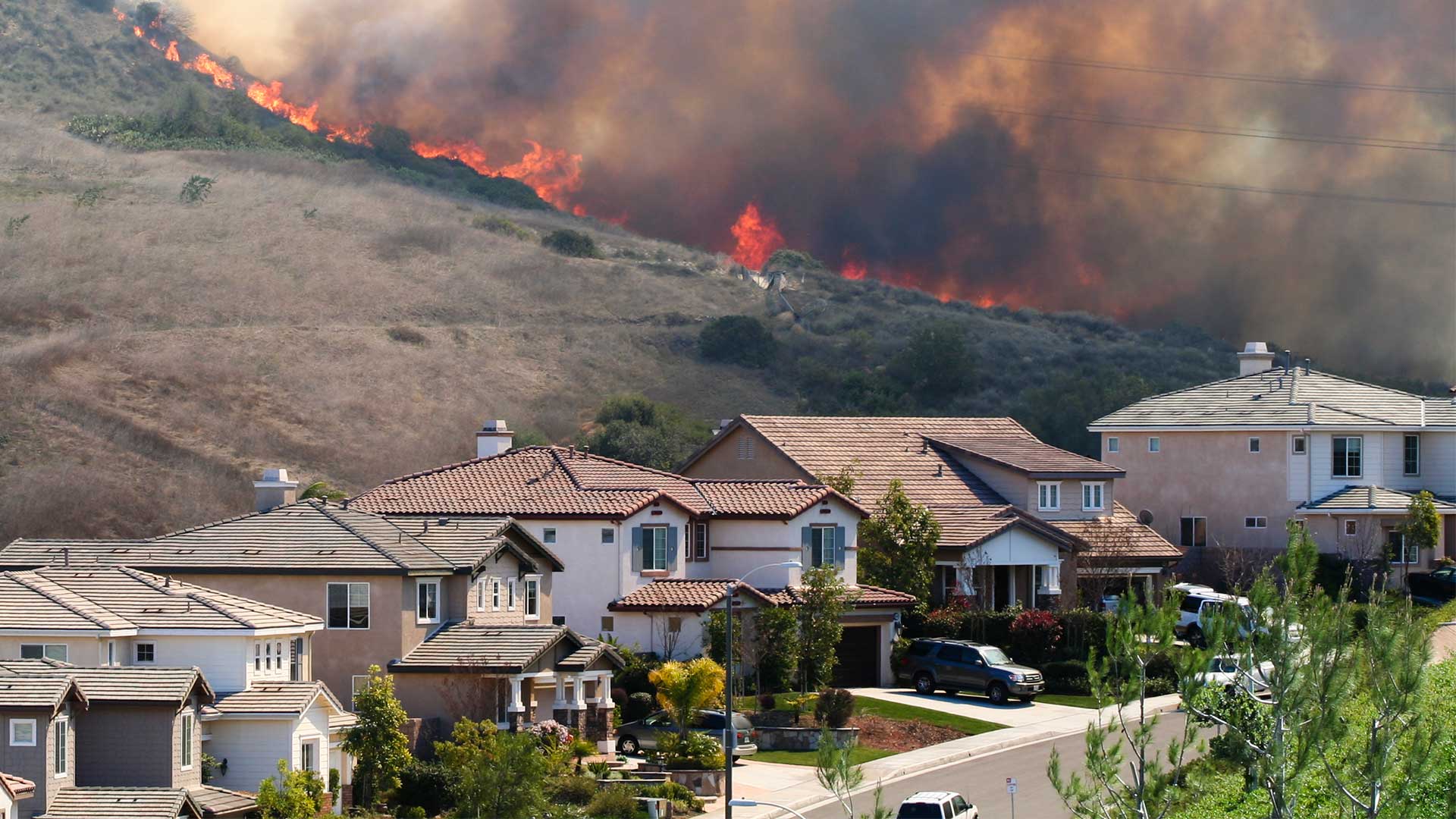
To combat this growing threat facing homes throughout the Western US, homes and other structures need to be built to be fire-resistant. With wood ranked as the third most combustible building material by the National Fire Protection Association, using alternative materials that protect the home from fire damage will be the future of construction in these wildfire-prone areas.
Unlike wood, steel is a non-combustible material and will not add fuel to a growing fire. While wood easily ignites when temperatures reach 500 degrees Fahrenheit, steel studs will not, protecting the integrity of a home’s structure. Plus, with steel as a primary building material, homeowners can benefit from lower insurance premiums.
However, building a steel frame is not the only thing that can provide fire protection. Non-combustible cladding, such as aluminum, stone, or ceramic, can improve fire resistance. These materials will not burn, protecting the home when faced with a fire. Another building trend is solid-wall construction, which consists of a concrete interior covered with foam insulation, followed by another layer of concrete or stucco. Alternatively, some builders may use a steel frame with foam, covered with concrete. This allows for up to 4 hours of fire resistance, during which the fire should have enough time to pass, protecting the home from destruction.
If done correctly, building a home to be fire-resistant will not cost more than traditional building methods. However, a fire-resistant home has the potential to save your life. Forte is a leading expert in building homes to residential and commercial standards, giving you peace of mind amid increasing fire seasons.

